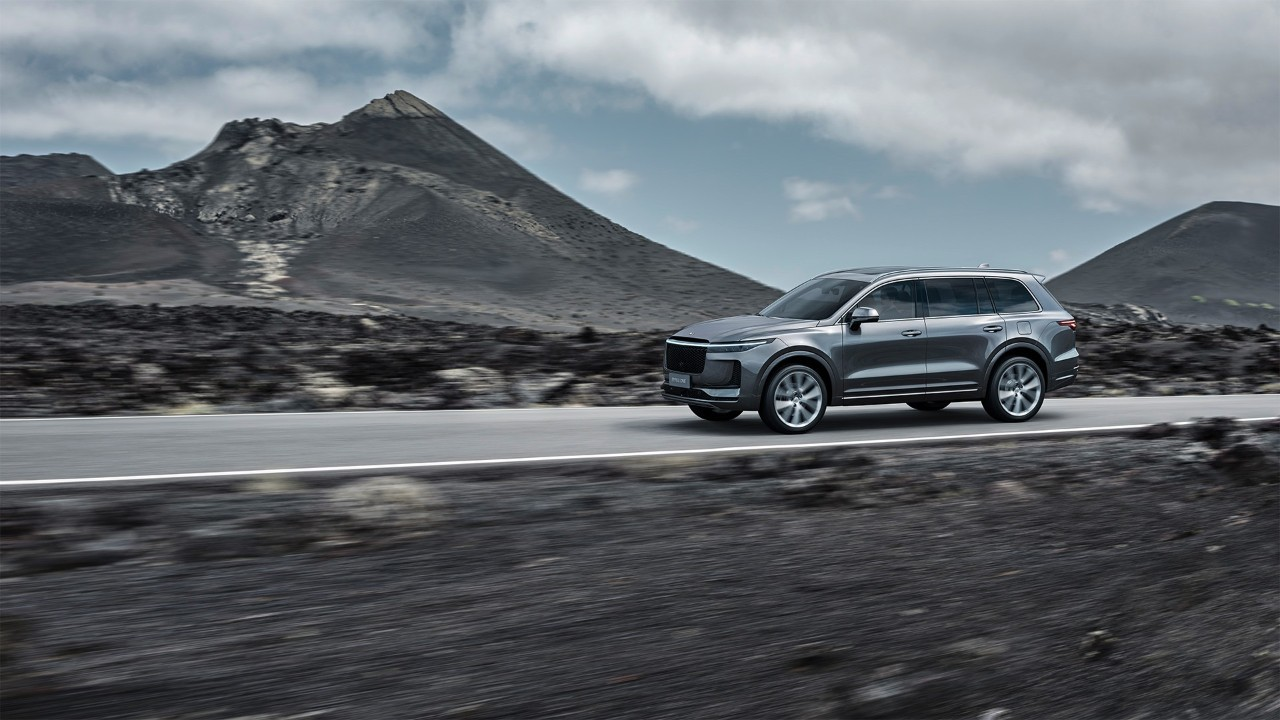Zhang Xiaoliang, founder of So.Car Automotive Data Workshop
On the evening of October 18th, the product launch event of IdealAuto was like a clear spring for the new force of car manufacturing in recent years, pulling everyone’s attention back to the technology itself from topics such as ecology/layout/story/vision/allies/investors, etc. There was no star host, no literary performance, and no stage design. Except for Han Lu, the entire event was completed by Li Xiang alone. It took 46 minutes, and almost all of the content was about the insights of cars and homes regarding the market, as well as their proposed technical solutions.
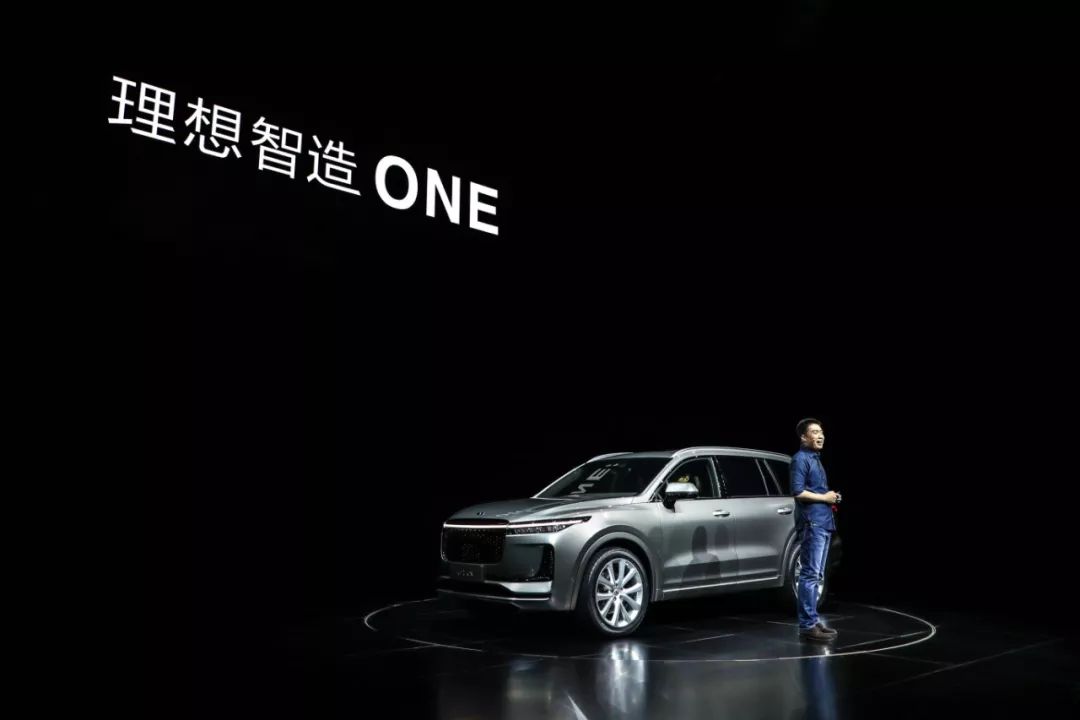
Early the next day, due to my strong interest in this tech-oriented company, I attended the full media communication meeting of Auto and Home. It took 2 hours and 15 minutes, and in addition to Li Xiang himself, two more members were added: Zhang Xiao, the product leader, and Fan Haoyu, vice president of intelligent systems. With the basis of the previous day’s press conference, the three of them further elaborated on multiple technical details.
It should be said that this is a very rare and unique sample for us to observe the new car manufacturing movement. Here, I will share with you the whole process of what I saw and thought. Let us judge together whether IdealAuto can become the next popular car model or even the kind of super popular product Li Xiang hopes for.
Why make cars? And how to answer the market why IdealAuto is needed?
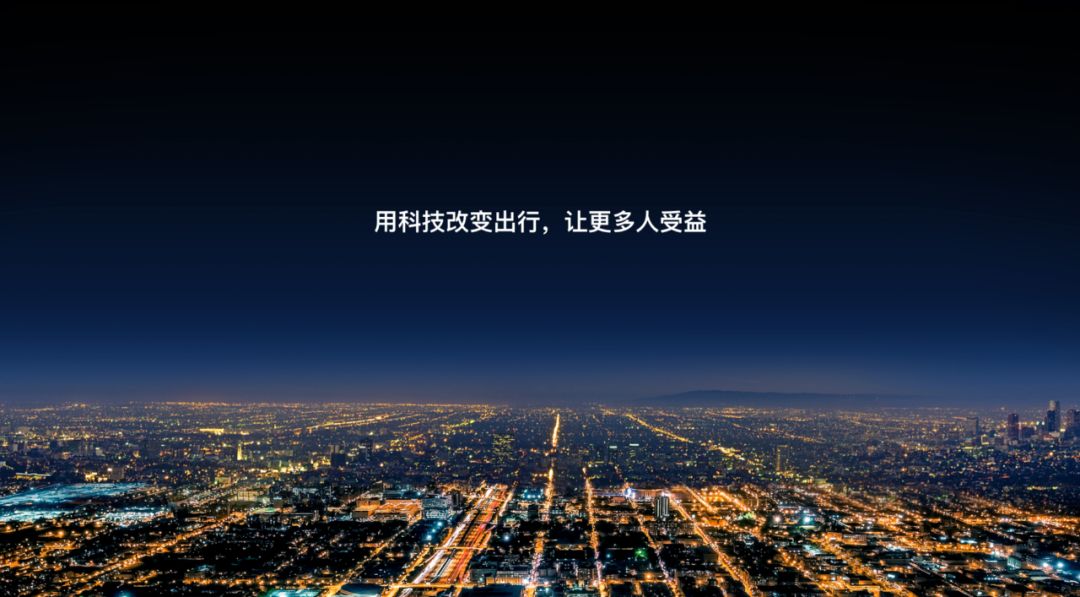
Especially the latter question, I have repeatedly emphasized in many of my previous articles: most of the more than 200 brands in the current Chinese market cannot give an answer. On the evening of the 18th, Li Xiang’s press conference took this question as the first topic.
In Li Xiang’s view, it is obvious that the change brought by digital technology to life in the past decade is visible, but the change brought to cars is almost non-existent. Due to various reasons, automotive companies are unwilling to make positive changes. Therefore, this kind of change should be completed by new car companies. This is the first level.
On the user level, whether it is a fuel car or an electric car, they are actually sold to users. It’s just the industry that gives themselves such a classification. In addition, managers have magnified this difference from a policy perspective, such as license plates, etc. But there are many similar answers to the cars that users want:
-
Cars that are big enough and spacious enough.
-
Cars with one or two more seats.
-
Safe/reliable/comfortable/low cost of use/good performance.
-
Cars without range anxiety.5. Intelligent cars that are smart enough and understand their users’ needs.
-
Attractive-priced cars.
…
Despite there being no single best product in the market to meet these demands, if no one else can do it, let Ideal Zhizao do it. Yes, this is the logic of Che He Jia, simple and crude, but possibly very effective. The key, however, is whether their product really meets the aforementioned requirements.
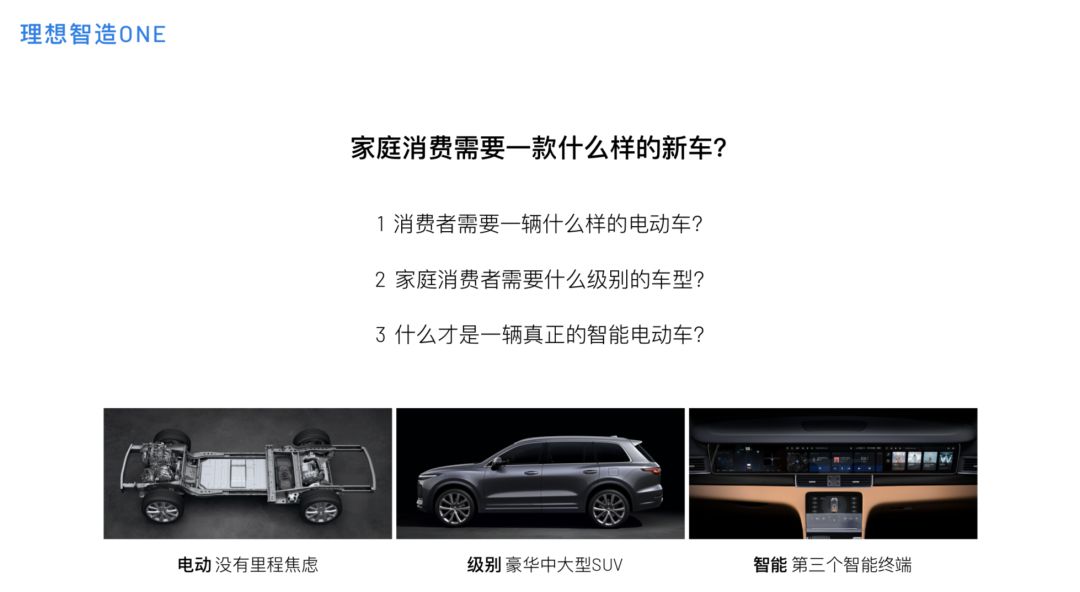
Therefore, discussions can fully focus on the technical aspects.
Analyzing technology freely, and providing rational solutions
Over the years, I have met many CEOs of start-up car companies, but Li Xiang is probably the only one who can recall every vendor’s technical details and processes as if they were his own. Of course, he has long been labeled as a serial entrepreneur.
Last time I met Li Xiang, he spent about 30 minutes talking about how to use his experience in managing Autohome to unleash the initiative and creativity of automotive industry practitioners. The technical solutions for this car are certainly closely related to this process.
I summarize this process as follows: define development goals based on user pain points, analyze various technical solutions freely based on development goals, and then rationally filter the solutions. As Li Xiang himself said, almost none of the technology used in the automotive industry today is original in recent years, such as electric vehicles, which existed a hundred years ago, and range extenders, which have been around for more than a decade. The key is how you screen and integrate these technologies, and use them to solve problems.
Here are a few of my thoughts and judgments on Ideal Zhizao ONE’s technical solutions.
Firstly, solving range anxiety with range extender technology.
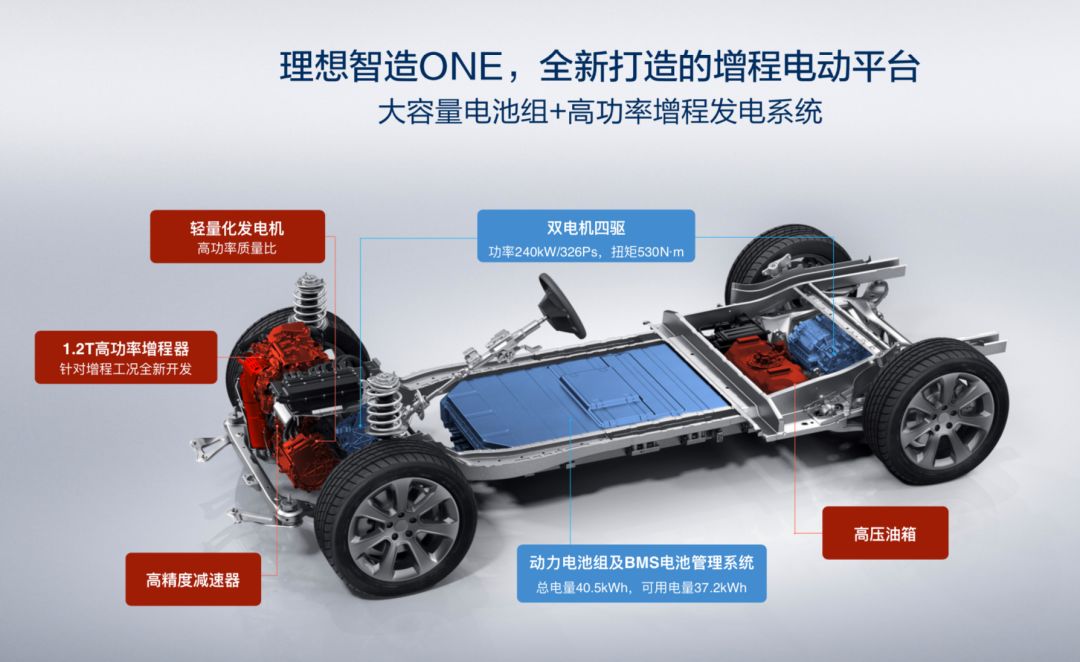
This is the first point that I am most optimistic about with this car. Unlike all previous range extenders, this car is equipped with a battery pack of about 40 kW. Previously, the amount of battery equipped in range extender products was mostly strictly calculated, mainly based on filling up the power gap between the range extender and the driving motor.
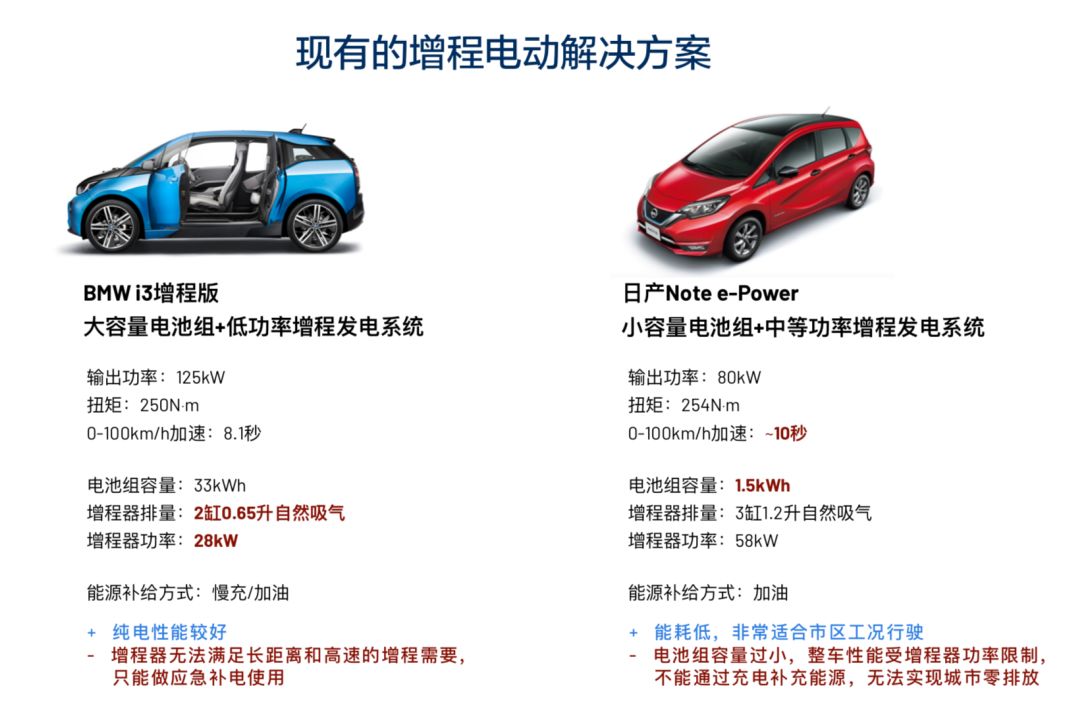 The purpose of doing this is nothing more than to control costs, but this will sacrifice many things. For example, it cannot achieve the absolute low BOM costs of gasoline vehicles, nor will it have the high performance of EV and more potential functions relying on electricity. Therefore, over the past few years, extended-range products have not been favored by the market. However, the extended-range scheme of this car is equivalent to completely jumping out of traditional design thinking, while thoroughly solving the problem of range anxiety, reducing the user’s cost of urban road use, maintaining a high level of performance, and also having all the innovative potential of EV.
The purpose of doing this is nothing more than to control costs, but this will sacrifice many things. For example, it cannot achieve the absolute low BOM costs of gasoline vehicles, nor will it have the high performance of EV and more potential functions relying on electricity. Therefore, over the past few years, extended-range products have not been favored by the market. However, the extended-range scheme of this car is equivalent to completely jumping out of traditional design thinking, while thoroughly solving the problem of range anxiety, reducing the user’s cost of urban road use, maintaining a high level of performance, and also having all the innovative potential of EV.
Secondly, the concept selection of medium and large 6-seat SUVs.
I should say that the planning of many car companies for 7-seater B-class SUVs was driven by me five years ago. At that time, I saw the absolute success of the Highlander, and independent car companies could completely make a product with the same design and quality standards as the Highlander at 2/3 of the price.
Of course, in these years, although several products have been very successful, the user pain points of 7-seat SUVs are also very obvious. For example, the ride experience in the third row is definitely not as good as MPVs of the same size like GL8. And the process of entering the third row from the second row…I won’t say much about it. Of course, there are also policy issues such as shorter inspection periods. Therefore, as users’ actual experience with such products continues to enrich, six-seater is likely to be the next opportunity. But unfortunately, few brands dare to take the lead.
Just like Li Xiang said in the media communication meeting, there seems to be only one large six-seater SUV currently released by BMW. Of course, there is no more innovative technical solution here, but just a modification of the overall arrangement scheme. But six-seater can indeed solve most of the pain points mentioned earlier, especially the independent armrests in the second row can make the ride experience more comfortable.
Thirdly, intelligent driving cabin system.
The large screen of this car is somewhat similar in size to Byton, but it is actually a combination of three independent screens into a long strip, plus a four-screen interactive system composed of another independent screen in the center console.Similarly, the pain point they see here is actually that while the screen size/number increases, many of the user’s interactive experiences are not improved at all, but have actually declined. For example, last year I experienced several products with two or three linked screens, the screens were much larger, but they were not fully utilized. Or in a more direct sense, what the screens need to display to the driver, what to display to the co-driver, and how everyone can operate the screens without interfering with each other.
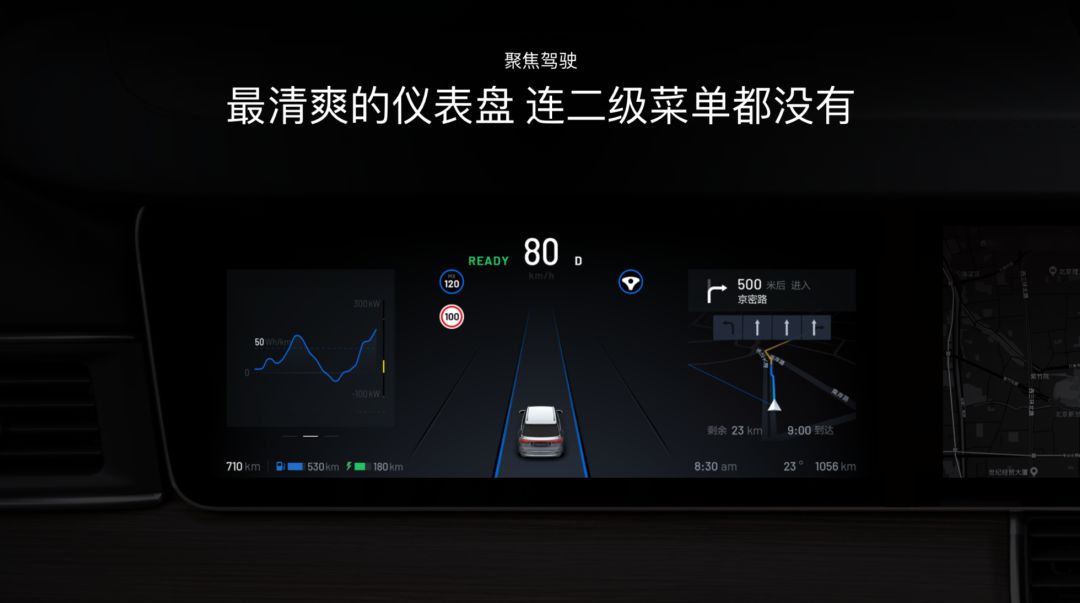
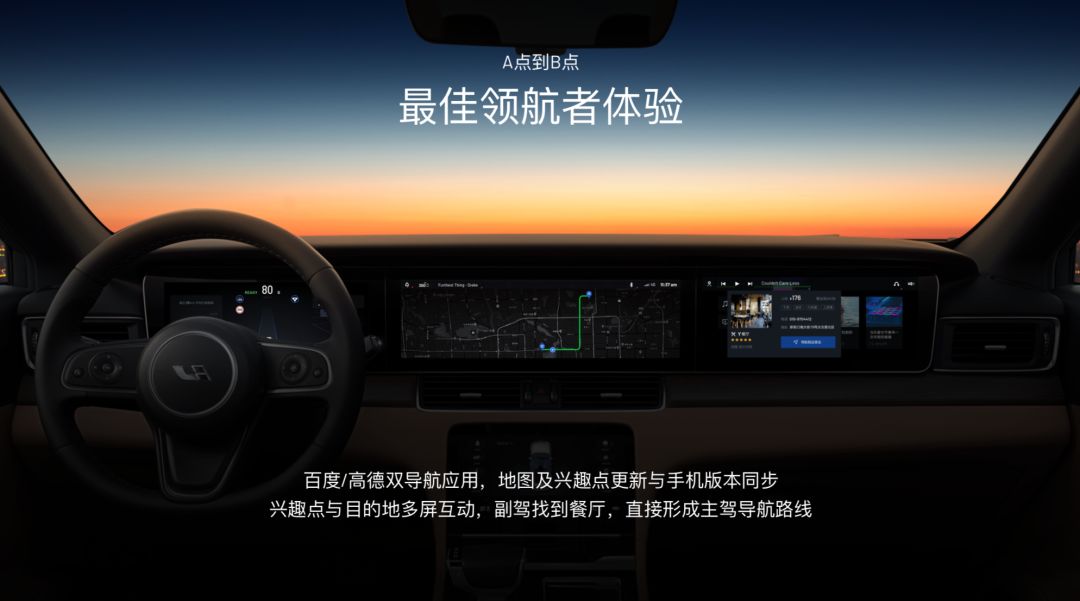
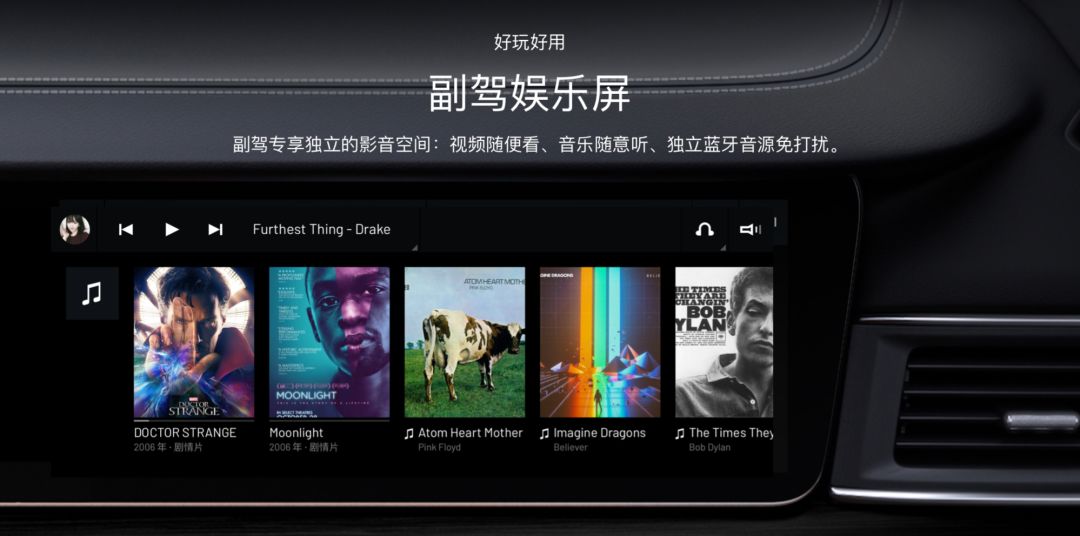
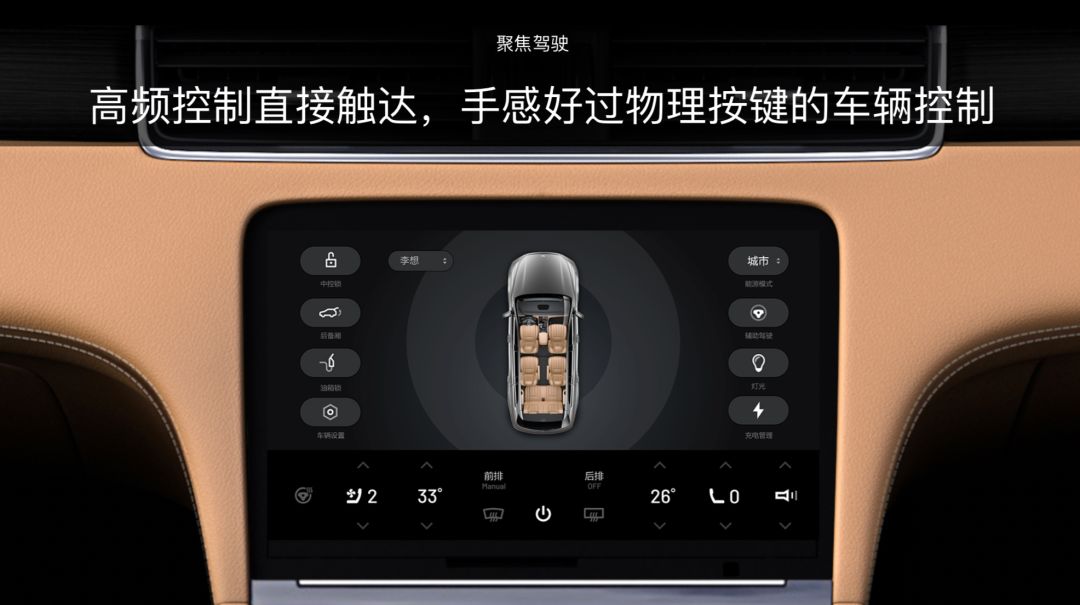
Currently, many solutions still haven’t figured out these problems. It’s hard to express with words, but in the future, when the products are launched, we can have more opportunities to experience them.
It can be said that no technology is perfect. Therefore, the key to selecting and integrating technology solutions is to accurately define what problem the technology needs to solve, and what criteria to use in making decisions. For example, Li Xiang frankly stated that the high-speed driving cost of this car is slightly higher than that of the BMW X5, which is already determined by the technology itself. But he firmly believes that users face urban driving conditions most often, so high-speed road conditions can be appropriately sacrificed.
The most traditional strategy among new car makers: make money by selling cars and have a small but refined product lineup
Although the entire press conference and media communication were full of technical topics, there were still some strategic content, although they were not news at all. For example, CHJ Automotive is attempting to support a very ambitious production and sales target through a small but refined product lineup. It can be said that this requires a lot of change from the traditional tactics used by car companies.I have previously presented some opinions on WeChat moments and in my own articles, such as the fact that a traditional car company needs at least 5 products to support a sales target of 500,000 units. This is because, under the traditional model, the main way for car companies to communicate with the market is through new car releases – launching a new car every year is the only way to keep their brand continuously in the spotlight. Additionally, the life cycle of each car is five years, so each new car release coincides with the end of the previous car’s life cycle. This is the simplest calculation logic, but of course there are many more complex and essential logics that I will not go into here.
However, in the future 2C market, Cars and Homes may only have 2 main products. How can they achieve their goals and continue to stimulate the market and users? First, they need to seriously do well with each car, and second, more importantly, they need a more unique way of managing product life cycles and iteration processes.
At today’s media communication meeting, the Vice President of Intelligence and System, Fan Haoyu, made a sentence that caught my attention: “OTA should be integrated into the bone marrow of the development and organization processes.” Perhaps this sentence can give us more answers.
In addition, during this morning’s media communication meeting, Li Xiang was very straightforward in introducing their business model – Cars and Homes earns money by selling cars. They will provide extremely low maintenance prices. For example, for ONE, if you use gasoline frequently, the maintenance cost for 60,000 kilometers over 3 years is only 4,000 yuan. If you frequently charge it, the maintenance cost is only half of that. I think this judgement is much more rational than the business model that believes value-added services are easier to make money than selling cars.
Can the Ideal ONE product become a bestseller? What other topics are worth discussing?
Finally, let me make a guess – can the Ideal ONE become a super hot product?
Just last night, I wrote on my WeChat moments: whenever it comes to sales forecasting, I feel very betting. Luckily, in the past 3 years, my sales predictions for new cars have not had an error rate of more than 10%. As the delivery cycle of this car is another year away, let’s make the prediction next year. However, here we can review some of the summaries of the characteristics of super hot products from a previous article, which may help everyone make some judgements:
-
It may not necessarily originate from a certain value proposition, but it must clearly and early express a certain value proposition.2. The above value proposition should be the result of insights into the lifestyles and car usage patterns of people in a specific stage and main sales area. Therefore, the era of super bestsellers often has strong characteristics. It eventually replaces certain products or integrates certain needs.
-
Super bestsellers are usually mediocre in various aspects of performance, therefore, the reputation of super bestseller cars is usually not the best because many people evaluate them, and the evaluations are also very scattered. Its user characteristics are not distinct.
-
Super bestsellers need at least 1-2 rounds of iteration to achieve the best state.
As for the other issues listed in the subtitle, I think it is another feeling after watching the entire product launch event. Although being technically driven is one aspect, ideal smart manufacturing still needs some emotional things. After all, this car needs to be understood, familiarized, liked, and eventually purchased and used by users through communication and dissemination.
Perhaps this is the next proposition of ChehaJia.
Here is the Vlog brought by @ZhelunBanZhang at the ideal smart manufacturing launch event:


- Super Product Manager Li Xiang’s Super Product ONE* A 3-Minute Introduction to Range-Extended Electric Vehicles

This article is a translation by ChatGPT of a Chinese report from 42HOW. If you have any questions about it, please email bd@42how.com.
